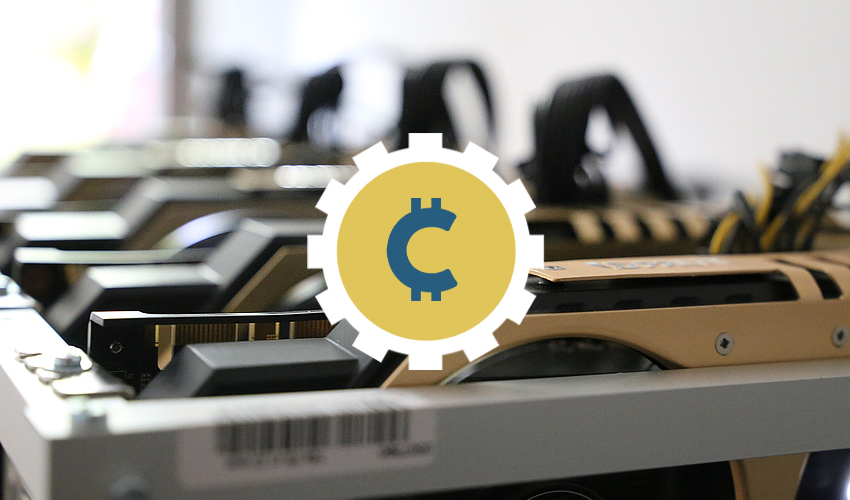Blockchain technology is the backbone of all cryptocurrencies. It was developed with the creation of Bitcoin, and continues to be used to this day. There are quite a few different blockchains including the Bitcoin blockchain, the Ethereum blockchain, the XTRABYTES blockchain, and many others. Some of them are simply ‘forks’ of existing blockchains with only minor changes, and others are technologically unique.
At their core, however, all blockchains are an immutable distributed ledger systems that allow for an unprecedented level of privacy and security, while still having all transactions available publically to help combat fraud and other issues. Looking at these characteristics can help provide a good entry level explanation of what a blockchain is.
- Immutable – All transactions that are written to the blockchain are permanent and can’t be changed. This helps to tampering and other types of fraud that can occur with traditional financial transactions.
- Distributed – A blockchain isn’t stored in any one location. Instead, it is distributed across tens of thousands of computer systems all at once. This means nobody can ‘hack’ into one location, and the blockchain can’t go down due to power outages, computer failures, or other issues.
- Public Ledger – The blockchain is entirely public, meaning anyone can go look at any entry on the entire blockchain. This allows excellent verification and accounting.
- Secure – Blockchains are incredibly secure due to the fact that they use such massively huge keys that should never be shared. In addition, since the processing and writing to the blockchain is distributed across thousands of systems, false data from one place would never be accepted.
- Private – While the ledger is public, blockchains operate using only public & private key combinations. These keys don’t require any type of registration or personal information to operate, so transactions can be completely anonymous.
While blockchain technology today is associated almost exclusively with cryptocurrency, it actually has many other potential uses. Many people expect that this technology will help to revolutionize many industries around the world, and in some ways, it already has.


















